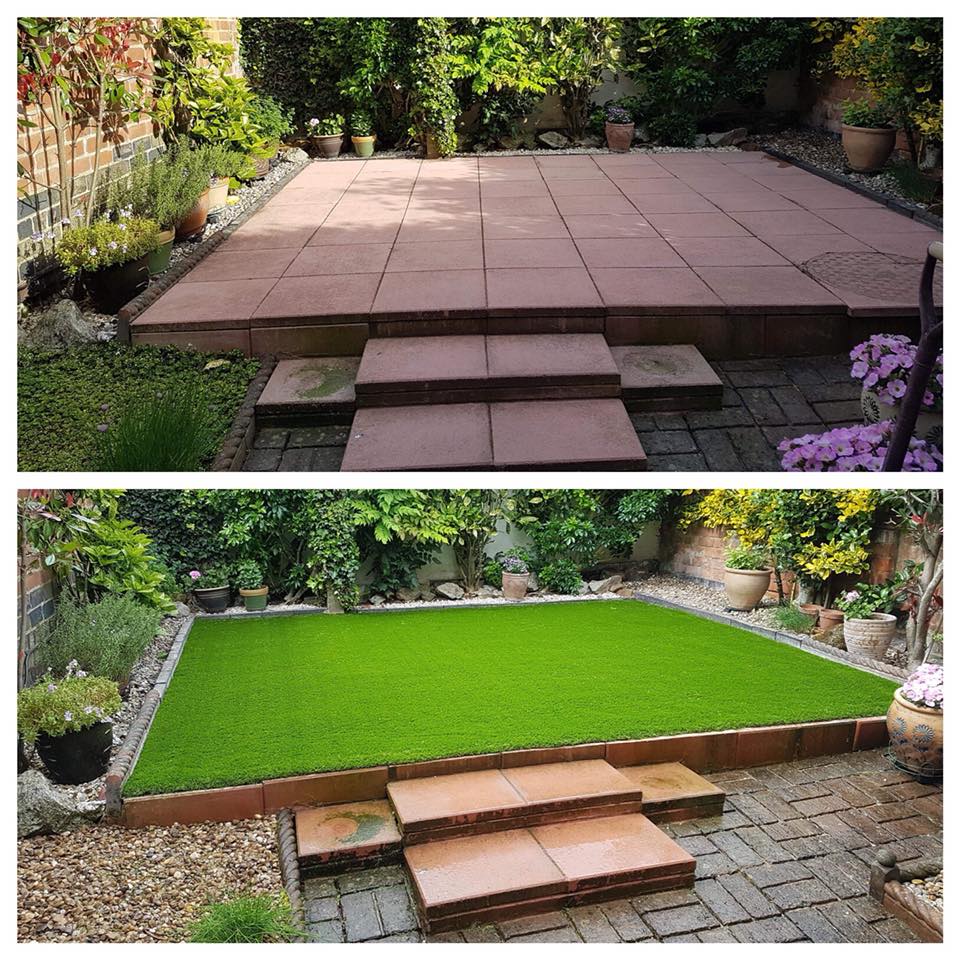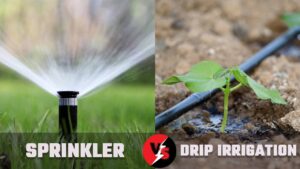
The installation of artificial grass is an ideal solution for renovating and tidying up all types of rooms.
We can install it on various surfaces such as natural grass, earth, tiles, concrete, etc.
In this article, We will explain the technique and the steps to follow for installing artificial grass, but keep in mind that it is a job that professionals must carry out.
For this, We recommend a company that is a pioneer and leader in installing artificial grass. They will advise you so that artificial grass is economical and meets specific characteristics that give it a natural appearance.
What is a Good Artificial Grass Look Like?

- It should not be shiny: We want it to look as natural as possible. Therefore, its finish should not be glossy as it would give it a plastic appearance.
- It must return to its natural position: The footprints should not be marked after being stepped on.
- It should be soft: It should feel smooth and should not sting when you step on it.
- It should not make noise: When walking on it, it should not creak or make noise.
Why Choose Artificial Grass?

Some of the reasons why you should decide on the installation of artificial grass are:
- Lack of time to perform maintenance tasks
- Shortage of water to irrigate it or high taxes for the use of water for irrigation
- Hard-to-reach sites
- Unsuitable base or soil for growth and/or maintenance
- Hostile climate with sudden changes in temperature
- Areas near the sea with a salty breeze
- Highly worn surface like sports courts
Where to Install Artificial Grass?

Artificial grass has various decorative and functional uses, and we can install it in:
- Offices
- Shop windows
- Schools
- Fairs, events, exhibitions
- Malls
- Balconies
- Bar and restaurant terraces
- Walls and interior of rooms
- Gyms and sports courts
- And, of course, its most widespread use, which is in gardens and around swimming pools.
- And in many more places.
Installation of Artificial Grass

Next, I am going to detail the steps for the installation of artificial grass, in a specific case:
- First, remove all-natural grass manually or with machinery, if space permits.
- Remove all the roots that remain because they can re-sprout later.
- Provide a base of a mixture of gravel with sand.
- Pass a rake so that the mixture is spread evenly.
- Wet and compact the ground with a vibrating tray to make the surface as compact as possible.
- If there are potholes, level by applying a layer of white sand and passing the rule to cover any unevenness.
- Once the surface is leveled, use a manual roller to compact the sand further.
- Then, wet the entire surface and let it dry. Once dry, the surface is well compact and level.
- Proceed with the installation of the anti-grass mesh.
We who enjoy gardening and the vegetable garden would like to be able to choose that the grass is natural and that its fresh and healthy appearance results from our effort. But it is not always possible to opt for the natural one and, in some cases, as We have explained above, it is advisable to install artificial grass.






